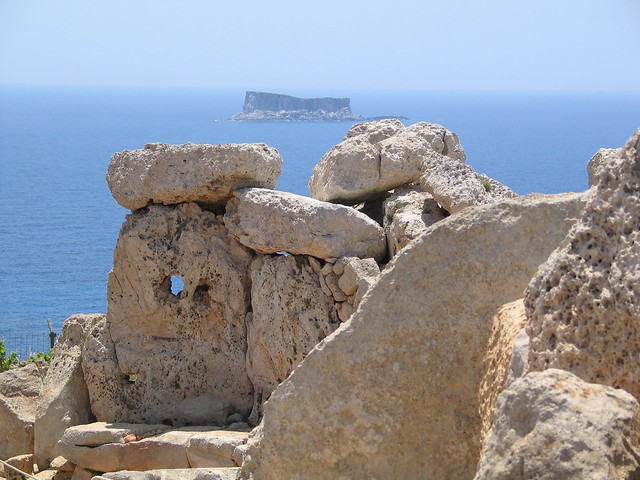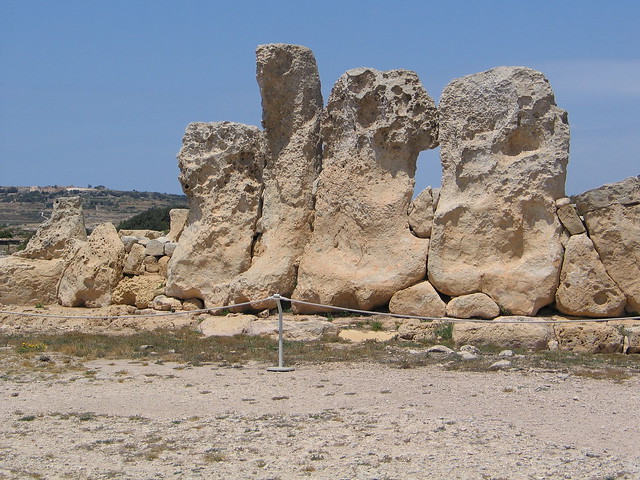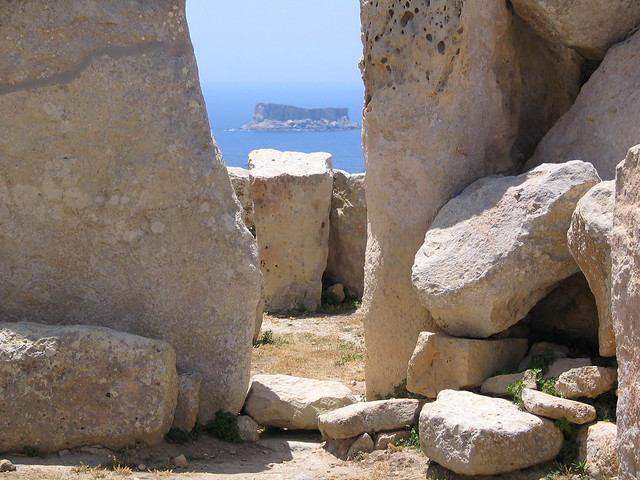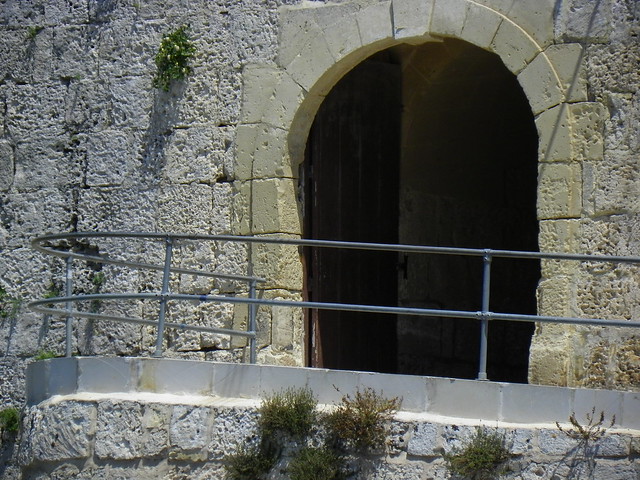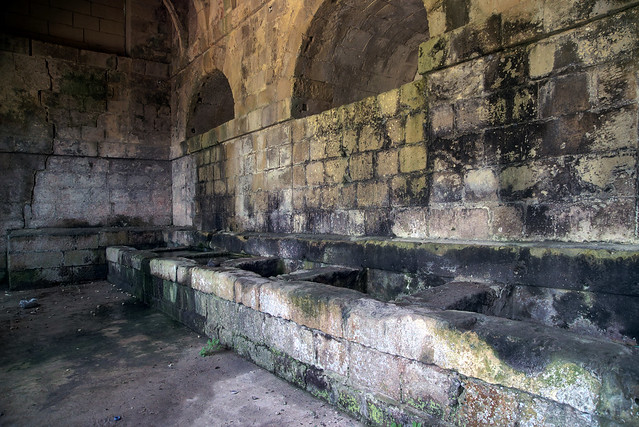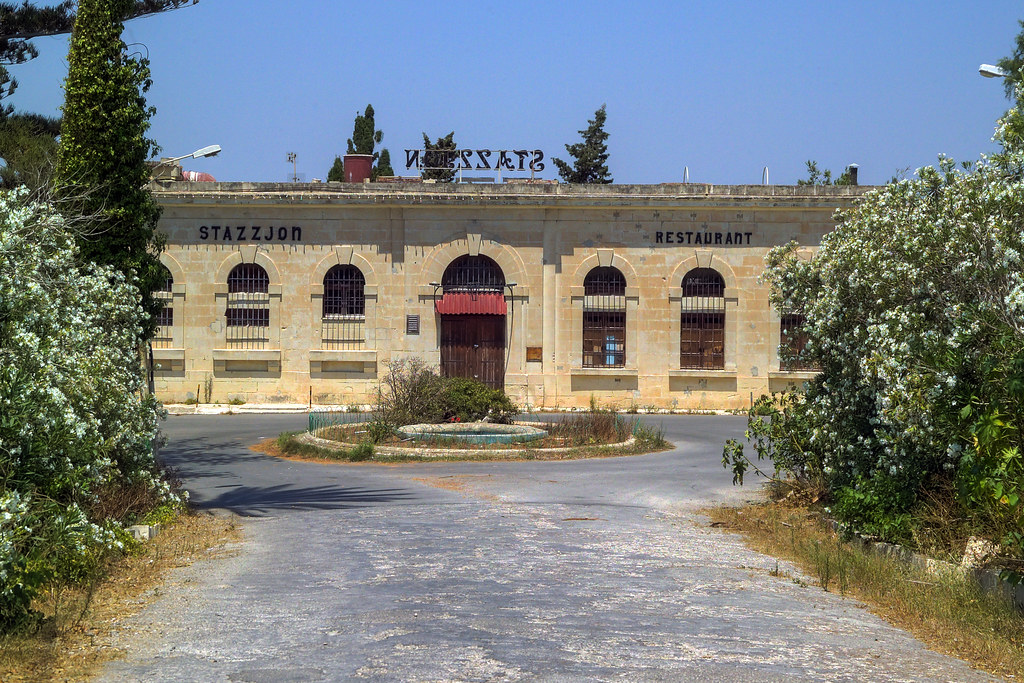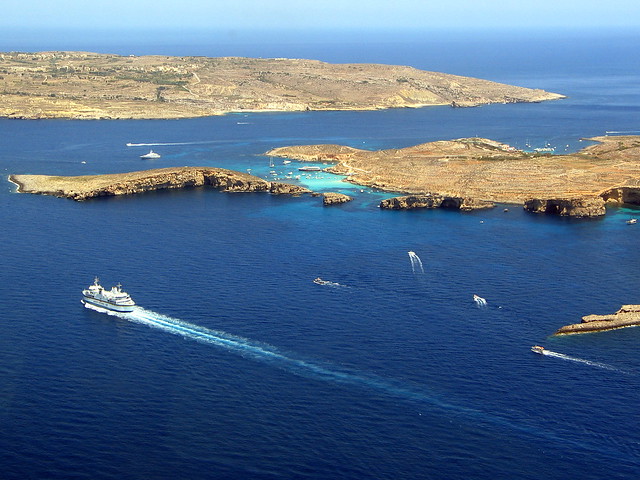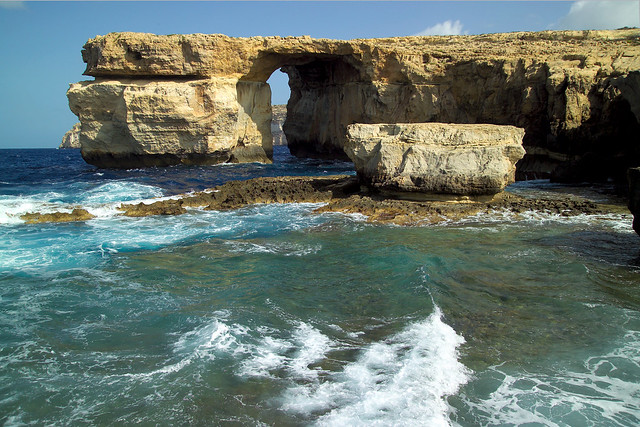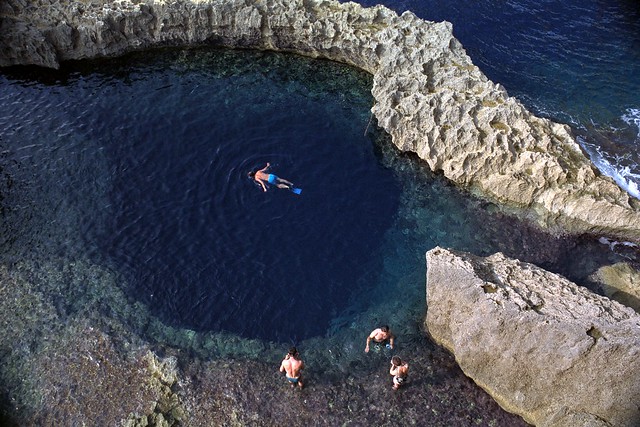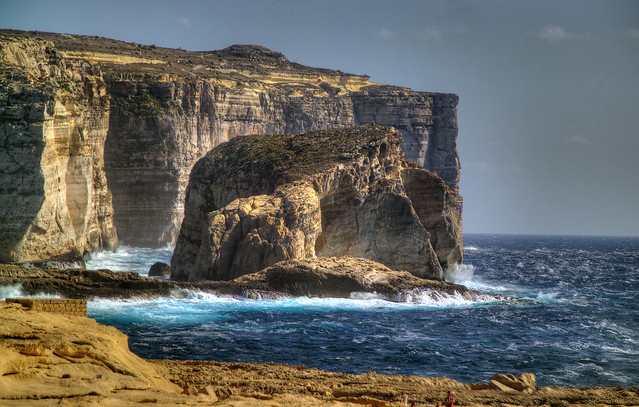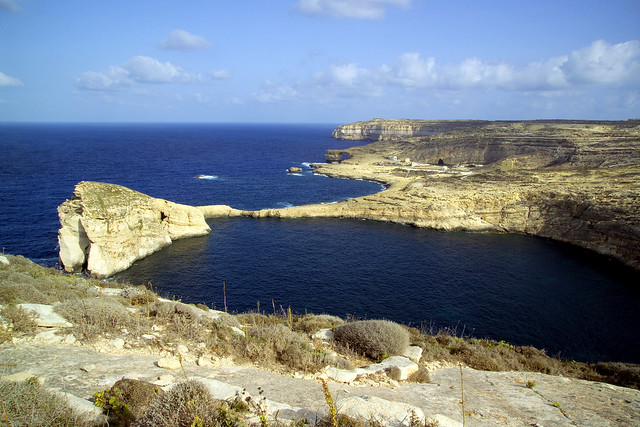Note: This post was originally written before the covers were erected over the temples.
The Maltese Islands are rich in Neolithic sites. Ggantija in Gozo, Tarxien, and the Hagar Qim/Mnajdra complex here on Malta’s south coast are perhaps the most well known. These piles of stones are some of the earliest known man made structures in the world. They are showing their age a bit but what would you expect for buildings that are five and and a half thousand years old. My house was built in the year 2000 and is already looking a little frayed round the edges. These temples are older than the pyramids!
Mnajdra and Hagar Qim are currently being covered by new canopies that will minimise further damage by the elements. Of course this is the right thing to do but it is likely to destroy some of the atmosphere of this incredible, wild and atmospheric place.
In my opinion the temples are best seen after the visitors have left. Come with me for a late afternoon walk down the hill past Hagar Qim towards the Mnajdra complex. There are chain link fences around the temples now but we can ignore those and try to image why Malta’s earliest inhabitants went to the trouble of building these structures on this windy and barren hillside.
The sun is setting over Africa 200 hundred miles away. When we reach Mnajdra, let’s sit down and wait for that ‘plop’ when the sun and the sea merge in a soft orange haze. The rocks are still warm and the dusty wild thyme smells the same as it did to our distant ancestors that built this place.
Of course the temples would have looked rather different in their heyday. They may have been decorated with pigments and possibly even roofed with animal hides or other materials. Who knows? We do know that they were a altered and added to over a 1000 or so year period. Watch this short YouTube clip from my ‘Malta by Microlight’ DVD and imagine…
From Mnajdra, you can see the small flat-topped island of Filfla. It is rather tatty round the edges having been damaged by an earthquake in 1856 and (probably more seriously) by having been used as target practice by the Royal Airforce and the Navy. Despite this, Filfla is now a nature reserve and home to many interesting species.
Getting to Mnajdra and Hagar Qim is easiest if you have a car. Alternatively, if you don’t mind a hike, you could get a bus to Qrendi (3 km away) or Zurrieq (5 km away) and walk from there. Warning: although the distances are not too great, walking several kilometers in the Maltese sun can be very strenuous and possibly dangerous. Take water and sunscreen.
Consult the map below for details. If you click on the ‘Google’ logo on the bottom left of the map, Google Maps will open in a new window and you can work out how to get to the temples from your specific location.

